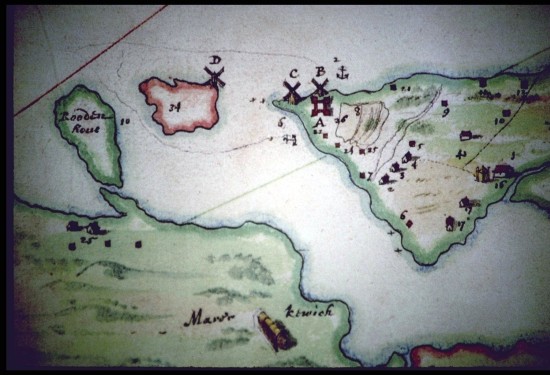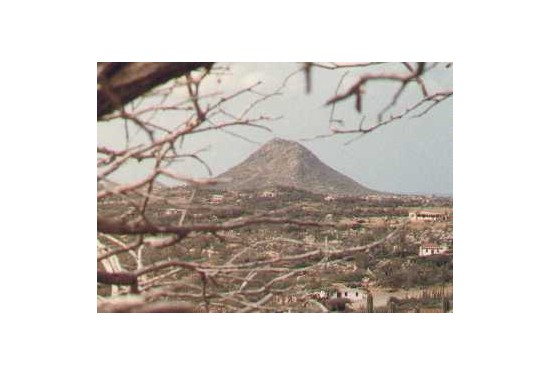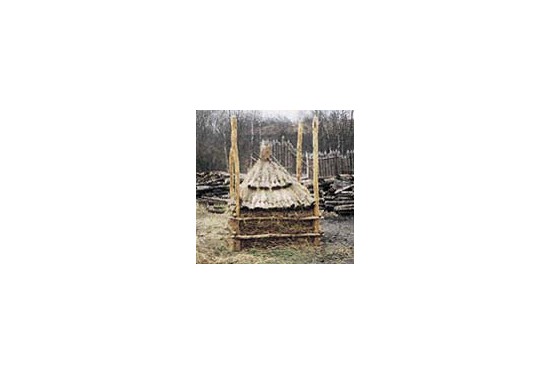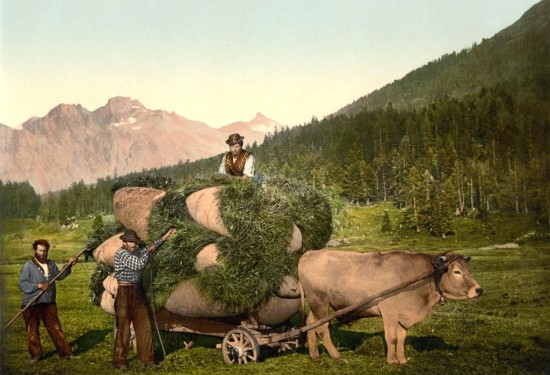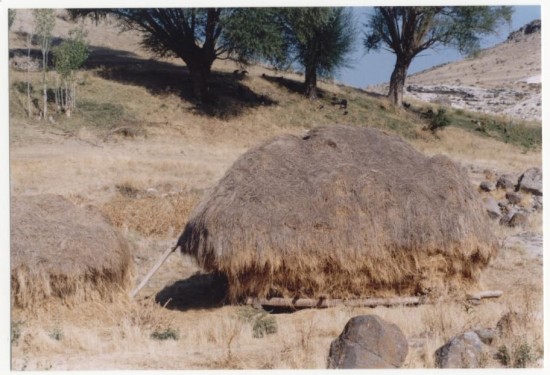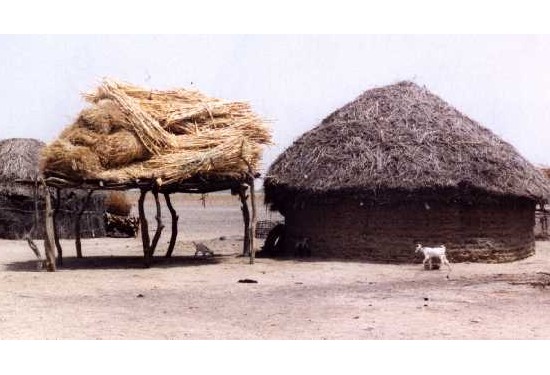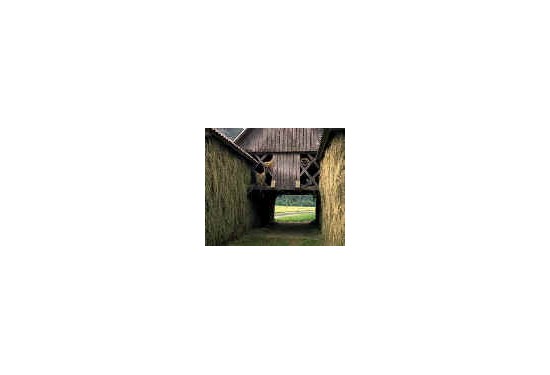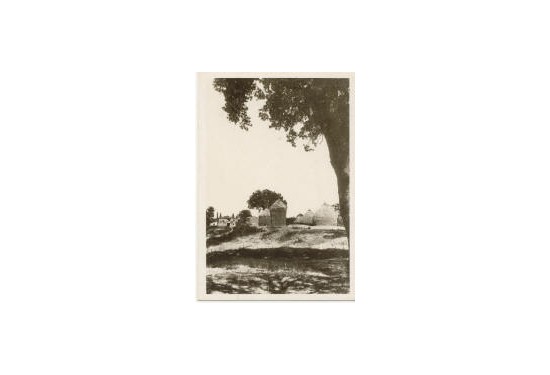Berg in de wereld
De hooiberg is niet uniek voor Nederland. Ook elders staan of stonden ze. Want ook buiten Nederland verdwijnen de oude bergen steeds sneller. Deze rubriek danken we aan internetsearch door de SKHN en aan trouwe bezoekers/donateurs die op hun wereldreizen de hooiberg niet vergeten. Op deze pagina kunt u voor enkele specifieke landen kiezen. Incidentele foto's uit tal van landen kunt u verderop deze pagina bekijken
| Amerika | Hongarije | Ierland | Italie | Karpathem | Slovenie en Kroatie |
| Lots of Haystacks |

Eastern Europe
Nowadays you can find nests of haybarns in Italy, Balkan and Eastern Europe. Haycocks are less seldom, you can find them everywhere in the Alpes and Eastern Europe, in Africa and Asia.Paalschuur met koekoek.
Rumania is very special with the haycocks in Maramures. Visit the special pages on this site on haycocks!
Ireland offered us some interesting details.
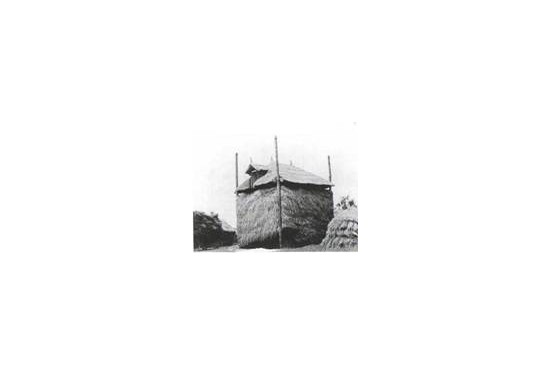
Haubarggebäude
Die hohen Haubarggebäude mit ihren mächtigen Reetdächern sind typisch für die Region Eiderstedt (zuidwest van Flensburg) und gelten als die größte Bauernhausform der Welt. Die Bauweise wurde im 16. und 17. von den Holländern importiert, die ihr Land infolge von Glaubenskämpfen verliessen und auf Eiderstedt eine neue Heimat fanden. Über 400 dieser Gebäude gab es noch im 18. Jahrhundert; 100 blieben bis heute erhalten. Wörtlich bedeutet Haubarg: der Vierkant-Raum zwischen den vier bis acht Dachständern, in denen das Gehauene - d.i. die Getreideernte - in Form von Garben vom Fußboden bis zum First (in 14 Metern Höhe) geborgen lagert. Unter den Dachflächen jenseits des Vierkants befanden sich früher die Vieh- und Pferdestallungen, und in der Durchfahrt der Lohdiele wurde von Hand den ganzen Winter gedroschen. Mit Aufkommen des Mähdreschers auf der einen Seite und der Umstellung der Viehzucht auf Kraftfutter auf der anderen Seite, verlor die imposante Bauweise ihre Daseinsberechtigung, weil die enormen Stauräume nicht mehr benötigt wurden.
Besuche http://www.heubarge.de

Haymaking in Snitterfield
Warwickshire, Engeland , This is Thomas Tansey (1845 - 1907) on the cart, and on the right of the picture is his wife, nee Mary Matilda Checketts (1850 - 1943). The lady on the left is a neighbour. It is believed the photo was taken behind their home in Snitterfield. The address of their home was "The Green".
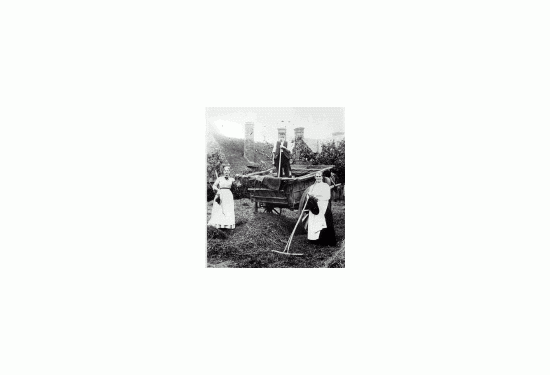
Mormon hay derrick
Joseph, Utah (1987)
Certain built forms are distinctive keys to culture, and no single key is so certain as the creations of agricultural and traditional economies. This hay derrick outside of Joseph, Utah, is a classic sign of the Mormon culture region that Donald Meinig and others have written about with considerable eloquence. The A-derrick, used to loose-stack hay, is itself an anachronism; hay is more commonly put up in bales, now. But the form lives on, in part because it is hardly worth the effort to remove the derrick when it takes up little room, even if it is no longer so useful.
Uit:
Paul Starr's Images of the American West
by Paul Starrs
Professor, Department of Geography
University of Nevada, Reno
http://geoimages.berkeley.edu/
GeoImages/Starrs/starrsone.html


